|
This amazing Mesolithic site has inspired me to create a haunting work of art that seeks to express the tension between our imaginings of times past, and our scientific knowledge of the same. Star Carr- what a groovy name. A carr is a British term for a swamp. I had to look it up. According to Google Maps, there is Star Carr Lakes fishing pond and Star Carr fish hatchery, and the Star Carr Cottages. But, about 30 miles north, there is Star Carr, the famous Mesolithic archeological site. What Is the Mesolithic Era? It’s the Middle Stone Age. Not helpful? How 'bout this? It is a period of time between the Ice Age and the Agricultural Revolution. So, it’s the time between when people were nomadic and when people started to farm in permanent settlements. During the Mesolithic, people were what would be called semi-nomadic, with sites they would return to cyclically as the seasons revolved and resources presented themselves. All other areas of the world, we have different terms to describe this transition, and in some parts of the world, this transition never occurred at all.
Star Carr was on the edge of a huge glacial lake. People returned to this site again and again over hundreds of years. Over time, this large lake shrank, became a marsh, then a peat bog, and now farmland. What Makes Star Carr So Special? The Mesolithic Age in northern Europe is hard to track. It’s difficult to locate artifacts from this place and time, because: 1. People were on the move, so they didn’t have a lot of stuff. 2. Much of what they made was from organic material. Think bone, willow branches, hides, wood, reeds. Think of a marshy environment and what resources that would provide. 3. Northern Europe is wet, and a lot of the soil is acidic. So, much of what these people left behind has rotted away. Artifacts and remains are well preserved in either dry environments (think of all those mummies in Egypt) OR in low-oxygen environments… like deep in the mud of a marsh. Or peat. Life on the Lake
In and amongst these logs are a very high concentration of tools and animal remains. But this platform was not only used for lake access. It was clearly a place for ritual as well. The Waters Edge Water is sacred. Water is Life. Everywhere around the world, there is evidence of people ritually depositing objects into bodies of water, like pennies into a wishing well. Dozens of headdresses, or “frontlets” have been found deep within the peat at Star Carr, fashioned from the skulls of red deer, their antlers still attached.  Frontlet 115876 ©Neil Gevaux, Frontlet 115876 ©Neil Gevaux, The tops of the skulls were separated, hollowed out and smoothed. Two holes, probably for straps, were bored through. The antlers were trimmed, and halved lengthwise to reduce weight.
My Process with Star Carr In the upper panel, I attempt to depict what I imagine the experience might have been like during the time these frontlets were fashioned. The moment when a group of people, people just like us, created this magical object, and deposited it into the life-giving waters of the lake they relied on for sustenance. In this panel, you can see the semi-submerged log platform, the shining moon above, and an ethereal red deer regarding us by the waters edge. I imagine the large, hovering frontlet as maybe the spirit of the red deer, with whatever magic was attributed to it, gazing at us, watching over us, maybe threatening us, we just don't know.
The lower panel has many images, printed on various papers and collaged over one another.
I reversed the picture of him and tinted it blue. Next, I used a composite photograph of his discovery of the log platform. I am impressed by how difficult it must have been to take these images. Now we just send up a drone. Back then they had to build platforms above, and a very skilled photographer would clamber up, lie on their stomach, and shoot each picture. Later it was stitched together to create this. I printed these images with a blue cast as a base. Archeological science keeps evolving, and the latest excavations at Star Carr have produced a wealth of highly detailed information!
I found the aesthetics of the graphs and schema beautiful. Here I must thank Dr. Harry Robson, who took time out from what I am sure is a very busy schedule to help me attain permission to use these images. (And by the way- he found THREE frontlets at Star Carr!) I watched a bunch of videos on the Star Carr Project YouTube channel, and got to see archeologists actually lifting frontlets out of the mud! I couldn't resist! I took screenshots, ran them through various photo manipulations. I printed it out on tracing paper, and glued it over the image of the blue log scatter. Art has a unique power to hold paradox. It can convey enigmatic meaning that will elude common speech. I seek to express the tension between our imaginings of times past, and our scientific knowledge of it. To hold as one these seemingly opposite stances makes our understanding more rich and meaningful. Resources and Cool Links I want to thank Patrick Wyman and his wonderful podcast Tides of History for introducing me to Star Carr. Episode about Star Carr HERE.
I'd like to thank Dr. Harry K. Robson, Postdoctoral Research Associate at The University of York for his assistance with this blog entry, and for helping me to understand image permissions for the artwork. Star Carr has a wonderful website devoted to it, The Star Carr Archeology Project. Finds from Star Carr can now be seen in four museums: The British Museum, the Yorkshire Museum, the University Museum of Archaeology and Anthropology at Cambridge and the Scarborough Museum.
0 Comments
I just got back from my Dream Vacation That is Not a Vacation. My journey into the caves.
With the guidance of Dr. Carol Aalbers, we had special, personalized tours in multiple caves containing Paleolithic paintings. But we didn’t just go visit the caves. We then took time to process what we experienced together using art, movement, and dream exploration. The Caves I toured five caves, plus a rock shelter. I realize that I am an artist who blogs, not a travel blogger, so I will simply tell you which caves I visited, then talk about the impact they had on me. By the way- photography is not allowed inside the caves, so I am showing images I have pulled off websites devoted to the caves. Lascaux Cave is one of the most impressive and famous Paleolithic art caves in the world. Its so famous that it had to be closed to the public- the breath of so many visitors deteriorated the paintings. So, several replicas have been made. Lascaux is the only cave I saw on this trip that was a replica. Although the replica is truly impressive, being in the actual caves is incomparable. Below are the four real caves I got to see.
A Profound Experience Imagine going underground into a cave. The atmosphere is totally different than the world above. It’s cool, it’s dark, it’s damp. You shuffle along with your tour companions, contemporary human beings with backpacks and rain jackets.
Now, imagine not just hand prints, but mysterious graphic signs, dots, and beautiful, elegant drawings. For me, it was an extraordinary, almost mystical experience. The Artmaking In between the days saw the caves, we would stay at our B&B and make art. The artmaking was facilitated by Kirah Van Sickle. She guided me through art processes using materials that I am not used to, using colors I wouldn’t normally choose, in a format I’ve never done before. First, I created two small paintings on paper, using stencils, little sponge rollers, watercolor pencils, collage, and something called a gelli plate, which is a way to make monotypes. Then, we folded up large pieces of paper to make little tiny 3x3 inch books, which we then adorned, using the same materials. The materials and approach was entirely different than what I normally do, and it brought me away from my routine- and my artistic tricks! I was forced to become more imaginative and loose, and it was a lot of fun. The Essence of Art Why do art? Why do I do what I do? I struggle with making art I describe as "performative," by which I mean, result-oriented. I can easily slide into the territory of doing something for the sake of approval. So, there’s a tension, because on the one hand, I want to do artwork that’s good quality and appeals to people. But on the other hand, I want to make art that purely authentic and comes from my heart. Going into those caves and seeing work from artists/shamans from tens of thousands of years ago really brought me into direct connection with the fundamental drive humans have to dream, to communicate, to create and express ourselves. It reminds me that this is my primary missive, sales and accolades be damned. Are there ways that I could present finished work that features my drawing? Does it have to be anything other than what it simply is? This trip was a profound experience, and I feel very different. My hope is that this difference will continue to grow in my heart and mind, and that it will inform my artmaking from this time forward. Now, off to make some art!
Following a Train of Thought.
I became fascinated by the archeological find this image came from, and felt moved to create an entirely new artwork based on it. The Tomb The Tomb of the Diver was built about 470 BCE, in what is now southern Italy. It was at that time a Greek colony, situated very close to the land of the Etruscans. (Fun fact: “Tuscany” derives from the word “Etruscan”) Influence from the Etruscans. During that era, the Etruscans had a marvelous funerary tradition that entailed building large, gorgeous, semi-submerged tombs. They were like little underground houses, large enough to move around in, with pitched ceilings, and limestone walls. Along with statuary and other votive offerings, they painted amazing frescos on the ceilings and walls. Greek Tomb in an Etruscan Land The Tomb of the Diver is definitely not an Etruscan tomb. For one thing, it is small, about the size of a coffin. But the influence of the Etruscans is undeniable. In this tomb, la dolce vita is the scene of a Greek symposium. The tomb is made up of limestone slabs, consisting of four walls and a lid. The four sides depict an idyllic world of beautiful men, laid out on their fancy couches, drinking, talking, flirting, playing music and reciting poetry. The only female present is a small slave girl, playing an aulos, or a double flute. But the cover of the tomb, the lid, is a different atmosphere altogether. A solitary young man, his beard just beginning to grow, is diving from a platform into sea-green waves of water. The contrast between the sides and the lid of the tomb is enthralling to me. The sides are a pageant of activity. The atmosphere in the lid is utterly still. There has been much speculation about what this dive symbolizes. Like Mona Lisa’s smile, it’s a beautiful, enigmatic image that compels one to ponder. The Element of Sound For me, the element of sound is part of the effect. You can almost hear the party going on. Along with the girl sounding the aulos, the men are talking and singing. One plays another aulos, and two have chelyes, or tortoiseshell lyres (more on this below.) But then, on the lid, in the center of the action, if you will, there is complete silence. Those of us who have ever had the experience of jumping off a cliff into a body of water, know that the span of time between when your feet leave the rock and when they finally hit the water is an eternity - and silence reigns. The Grave Goods There is no floor in the tomb, but the body was laid directly on the earth. Because of this, the deterioration of the body was nearly complete, with only a few bits of bone remaining.
Again, the element of sound is pronounced. The Diver There is something especially sad when somebody young dies, and from what I understand, in ancient Greece it was considered particularly tragic. Moreover, physical beauty was considered sacred in ancient Greece.
An Amalgam of Elements In my piece, I’ve attempted to synthesize different aspects of the tomb in space and time.
On small, separate panels, I painted the symposium scenes from the four sides of the tomb, and adhered them to the top and bottom areas of the panel. Borrowed Imagery
Then, in delicate, transparent black and white, it spans the upper area, co-mingling with the upper symposium scenes. A Little Help From My Friends At first, I tried to keep the basic composition of the original tomb lid. But after layering all these other elements onto the panel, the figure of the diver had become puny and odd-looking. The different elements of the piece were isolated from one another, with no sense of harmony. Most of all, it didn’t give me the feeling I wanted. With a little help from my friends (thanks Kelly, Beth, Elana, Lisa, and Karen!) I realized I was too enmeshed with the original imagery, and had to break free. This is when the Diver arose to the foreground. Using bold, loose mark-making with charcoal, I sketched out his body. I also felt the urge to use dry pigment, applied with my fingers. I used molding paste (acrylic medium mixed with marble dust) to white out the unwanted elements, which left sketch marks and increased dynamism. He is the central element that ties all the pieces together. He is like a specter, hovering over the tableau. When I look at it, my eye travels over the piece in a figure 8 motion. A figure 8 tipped on its side is the symbol of eternity. The very last thing I included is an image transfer of an actual passage from my journal, inspired by my feelings about this piece. It reads: La Dolce Vita The more I explore my fascination with archeology, and produce artwork about it, the more I realize that ultimately this art is about death. Not just because so many finds are tombs, burial mounds, and human remains, but because it is essentially about the passage of time. Time slipping away, and how we, in the present ponder what remains. The wonder of The Tomb of the Diver is its uniqueness, its artistry. Someone* decided to interposed these two contrasting scenes to such great effect. The boisterous party, and the silent dive into the unknown, watery depths, reminds us to engage fully with life, la dolce vita. Beautiful Video of The Tomb of the Diver For a beautiful video about The Tomb of the Diver, click on this link. At 15 minutes long, it is a very worthy use of your time! Symposium "Stock Images" * Actually, it has been determined the Tomb was painted by two individuals, one more skilled than the other. And fascinatingly, the figures are “stock images” that have been found in almost exact replica on various pieces of pottery, scattered all around the Greek territories. Nevertheless, it took an individual artist to decide how to combine these figures to create this rich narrative. You can read about The Tomb of the Diver in more depth by clicking here. Ah, the life of an artist.
One boat is Film Noir, the other boat is Archeology. One boat is public-facing promotion, the other is private art practice. One boat is a confident beating of the drum, the other is diffident exploration.
Meanwhile, I was carving out an hour here or there to do some deeply challenging experimentation in the studio.
Like a lot of things, posting on social media is easier the more you do it, and the less you do it, well... the less you do it. Social Media- a blessing and a curse. Having a social media presence is practically a must for an artist these days. I have long since came to terms with the fact that I am not, and probably never will be, a social media sensation.
But you know folks, I just can't seem to make myself do it. Despite of, or maybe because of, having to appear confident for all the shows I've been having, I have been particularly reluctant to show my process like I normally would. What I need to do, is start afresh. A Social Media "Sabbatical"
Fortunately, I am old enough that I do remember those times. Bringing back a bit of that peace and privacy may be exactly what I need.
A few years ago, I read an article in Archeology Magazine, called When the Ancient Greeks Began to Write; Newly Discovered Inscriptions Help Explain How Literacy Spread.
The Cup of Nestor The Cup of Nestor was discovered in 1954 at what had been an ancient Greek colony in Italy. The cup was probably formed and fired in 750 BC. Some years later, someone scratched letters on it. It is one of the earliest extant examples of the use of an alphabet. What is an alphabet?
The thing that makes an alphabet an alphabet is that it has symbols that indicate consonants and vowels, in other words, smaller sound units. These symbols, or letters, can be used to indicate the sound of a word, not just a concept of a word. This meant that it could be used to write down poetry, names, anything you like. Before this time, writing was a skill used for very specific purposes, such as rituals or official diplomatic letters. But most of it was used for something that grew in importance as societies became more and more complex: money.
Along came the Greek alphabet. Exactly how, where and when it was invented is pretty foggy. But what is clear is that it was developed from a writing system used by the Phoenicians, a sea-faring cluster of peoples living along the coast of today’s Lebanon and Syria. Someone took this writing system and developed it so that the sounds of words could be captured. It took off like a house on fire. Elite men across the Greek world with its far-reaching colonies and cities started to write. Writing became cool. It became all the rage. So, the Cup of Nestor with its scratched inscription was a very early example of this. But what also makes even more it fascinating is that it isn’t just any old inscription, it is a joke. One of the world’s first recorded jokes. It’s an inside joke about old King Nestor in the Iliad. It reads: “I am the cup of Nestor, a joy to drink from. Whoever drinks this cup empty, straightaway the desire of beautiful-crowned Aphrodite will seize.” In context, I can almost imagine the scene in which this occurred. This cup is a drinking cup. It would have been used at a symposium. This brings me to the image I chose to lay behind my rendition of the cup. The Tomb of the Diver The Tomb of the Diver is a coffin-sized tomb in what was a Greek colony in southern Italy, probably created around 470 BCE. It’s made up of five limestone slabs, covered with plaster and painted with frescos. Along the walls of this small tomb the scene of a symposium is depicted. Beautiful men are laid out on their fancy couches, drinking, talking, playing games- and flirting. But the tradition of same-sex love affairs was strong during that time, as is demonstrated by this beautiful painting. Same-sex love in ancient Greece is a huge subject, fascinating in itself, and very very different from how we conceive of and enact same-sex relationships today. But if you were to look up “symposium” in an article or entry, often this very image is associated with it. My artwork inspired by The Cup of Nestor blends three elements: the alphabet, a symposium, and being seized by the desire of beautiful-crowned Aphrodite. I don’t want to completely understand or graphically illustrate this moment in time. I want to express the mystery of it. I do this by borrowing images of what remains and combining them together into an eurhythmic, evocative whole.
Libraries aren't just for books! I’m very excited to say that I have been invited to participate in the Lake Oswego Reads program.
In addition to being an author, Wilson is the former Executive Director for Dream of Wild Health, an Indigenous non-profit farm, and the Native American Food Sovereignty Alliance, a national coalition of tribes and organizations working to create sovereign food systems for Native people. Wilson is a Mdewakanton descendant, enrolled on the Rosebud Reservation. The Seed Keeper This dense, multi-layered story is about Rosalee Ironwing Meister, a Native American Dakota woman, and her quest to become whole. Interwoven into the story is the recounting of her ancestors’ struggle to survive the “Indian Wars,” relocations, boarding schools, and the collective trauma caused by these events. Throughout the book, the theme of seeds, traditions being handed down, and the evolution of farming techniques binds it all together. My inspiration and interpretation In this piece, I integrate several objects and moments in time into a single image.
The books protagonist, Rosalie Ironwing is a loner. She has had a tumultuous and insecure young life.
When John dies, she goes on a quest to make peace with her past, and in so doing regains contact with her family and her heritage. I see the envelope, the pouches, and even the old white farmhouse as being safe places for seeds and souls to rest and incubate. From that place of rest, growth is possible. Creating an encaustic-like effect The technique I used to make this piece is part of a new method of artmaking for me. I wished to create an encaustic-like effect by using layers of different types of acrylic media. Encaustic is painting with hot wax. It is an ancient painting medium that has seen a rebirth since the 1990's. Because it is wax, it has a beautiful, foggy opacity. The wax can be applied and fused in layers, so there are often multiple images peeking through, creating depth. First, I drew and painted the main image. Then I covered it with Golden Clear Leveling Gel, then Golden Heavy Matte Gel. Then I drew the house/envelope. I added more color and detail to it. Then, using a scumbling technique, I intensified the white snow in the center of the image by adding titanium white and pearlescent silver. Many of the effects and details cannot be properly seen in a photograph, because there is depth iridescence and a wee bit of sparkle. The Lake Oswego Reads Art Exhibition will hang at The Dee Denton Gallery in the Lakewood Center for the Arts, then move to multiple venues throughout the state of Oregon.
But ADD is also closely associated with having a creative mind. Artistic mind, attention deficit disorder, who knows where one ends and the other begins? Distracted Mind, Artistic Mind
My mind is not organized. Information comes in the form of so many scraps of paper, fluttering about in the wind. Projects or professions that involve any complexity seems like an insurmountable undertaking. But, I recently learned something sort of fun about my mind, and how it likes to organize itself. I was trying to develop some sort of regular, consistent, doable habit in regards to posting on social media about my art. “Everyone” was buzzing about social media. You know, “Everyone," don’t you? “Everyone” says:
And so on, and so on. All that resulted from this was a panicky sense of dread. Enter, the Mind Map Here is all is. I spent hours on this silly thing. I tried to impress my friends by sharing it with them, but they didn’t even want to LOOK at it, and who could blame them? It seems overly elaborate and faintly ridiculous now, but the one most important thing is also true: now I know. Now I know. Social media is no longer confusing to me. I may need a reminder of the specifics, but the tiny scraps of paper have settled down into an orderly pattern. Now I understand. As I just wrote about in my post “Evolve or Die,” I revealed that I am starting on a new body of work, inspired by archeology and deep history. It’s really exciting, and really scary. For the first time in many years, I genuinely have no idea what I am doing. It will be an adventure into the unknown. I am an avid consumer of archeology media and entertainment. Over the years, I have absently absorbed scraps of information. Over time, these bits of information started to formulate themselves into a loose, fluttery vision of the world. I became filled with the desire to understand these little scraps in context, in an order, like maybe a mind map… or maybe… a time-line. Enter, the Time-line Fueled with this new obsession, I knew that I was not going to be able to commence on my new journey of art-making without tackling this. I took a large roll of paper, rolled it out on my wall and tacked in down. I decided on a very general form: seven areas of the planet, drawn with seven horizontal lines. The time demarcations will be the vertical axis. But, I am still not sure what time periods I am going to depict, and where they will land. So, I started to write bits of information I find intriguing on bits of rice paper, and started to tape them up at various places. Everything at this point is in flux and movable. I feel like a mad scientist. Enter, the Mad Scientist I have recently learned from The Google that there is a thing called “The Crazy Wall.” It’s a meme, stemming from the media’s dramatic use of an “evidence board” real detectives use to solve crimes. It was used to most dramatic effect in the 2001 movie *“A Beautiful Mind.” For the first time in a long while, I am creating something that I have no real intention of putting on display or trying to sell. Somehow, I just know I need to do this. I need to capture and contain what I know, but cannot yet use. Something that simply comes out of my beautiful mind. My beautiful, inefficient, scattered, forgetful, creative, artistic mind. A video of me about to dive into the time-line. *Please note that A Beautiful Mind is a movie about schizophrenia, not about a mild case of neurodivergence, like I have. I am using the evidence board in the movie as a symbol for the way I process information, and is not intended to make light of schizophrenia or mental illness and its effects.
"Evolve or die" is a common quote. I’m not sure I would die if I didn’t evolve, but stagnation is something I cannot exactly live with either. Since the beginning of my art career, I have had two main bodies of work, which I call “Vintage Snapshots” and “Film Noir.” Now I am commencing on a whole new body of work! I don’t really have a catchy name for it yet, but it is inspired by my fascination with archeology and history.
Notice I make a lot of pencil notes on it, to keep track of what combinations I have used. For the first time in many years, I genuinely have no idea what I am doing. It will be an adventure into the unknown.
From the adobe-style buildings, to the textiles, to the silver and turquoise jewelry, regional Native American peoples have created the basis of the “Southwest” style.
Museums Abound!
Santa Fe is chock full of museums. Now, I love museums. Wherever I go, I seek out museums, and can spend an almost distressingly long amount of time in them, reading every interpretive panel and label as I go.
Museums are different than when I was young (heck, everything is different than when I was young!) All educational materials were oriented from a white, male, European-oriented point of view. This has really shifted.
The Palace of the Governors
Now, back in 2004, Jim and I visited Santa Fe and went to the Palace of the Governors. I remember seeing exhibits in the long, rambling adobe building situated on the main public square.
There, I learned in great detail about the clash of three groups; Native Americans, the Spanish, and later the “Americans” (I wish to goodness I could call us “United Statesians”- far more accurate!)
Museum of Indian Arts and Culture
Contemporary artwork is included along side of the historical objects, giving an even larger sense of it being a living experience, not a dry report.
The main permanent exhibit is called “Here, Now & Always” The title is appropriate, because it used to be that Native Americans were described in past tense, like they didn’t exist anymore.
Museum of Contemporary Native Arts
What have I learned?
I understand that what I am about to say is going to be a cliché, so please bear with me.
European culture is very compartmentalized. Emphasis on the individual, especially here in the US, is unusually important. On top of that, artists and art are seen as being apart from the rest of society, as being “special” and isolated.
As I was immersed in and experienced what these museums were offering, two main themes emerged.
One, that for these Native American creators, communal identity is a part of what goes into every form of expression. Two, that the things created and displayed were often regarded not as “objects,” but as living things with an energy of their own.
One terrific exhibition at The Museum of Indian Arts and Culture is Grounded in Clay: The Spirit of Pueblo Pottery. The collection of pots and sculptures displayed are from diverse places and times, and were curated by a group of Native American potters, historians, and educators.
In one video, a potter said “Each pot has its own journey. Each pot has its memories.” (See video below)
It seems to me that the act of creation for many Native American artists is not merely an attempt at personal expression, but is an essential tool. A tool not only for cultural survival, but for their communities to thrive, and communicate who they are to the outside world.
Yes, but what about Moi?
I am so happy to say that I have been interviewed by John Cornelison at Classic Movie Review. He read my “Why Noir?” article and realized his listenership would probably like to know more about how film noir inspires my art.
John is an author, movie enthusiast, archeologist and bonsai tree specialist who has produced Classic Movie Review podcast since 2014.
In our interview we talk art, movies, and even a bit about archeology (which, you may know, is also a great inspiration for me!) Among other things, he asks me what my favorite movie is, and who is the best femme - and homme - fatales.
Here is an excerpt from the interview, where he asks me more about that perennial archetype in film noir, the femme fatale.
John: "Fatales have often been villainized for the methods used to attain their goal. I believe this is the only tool or agency that women have in these cases, in these films. And it's not more sinister than a man beating up or shooting another man. Do you have any thoughts on how femme fatales are portrayed?" Leslie: "I would agree with you. Oftentimes they are presented as being more evil than the man. But I think that has to do with who's writing the films and who's reviewing the films and talking about the films rather than the actual story. "There's a great quote that's attributed to Margaret Atwood that says 'Men are afraid that women will laugh at them. Women are afraid that men will kill them.' "I think that that that's relevant in this case because sometimes the men that are reviewing or making the films really think being laughed at or being made a fool of by women is worse than being violent." |
Take a Closer Look.
Here is an intimate, in depth glimpse into my thoughts, inspiration and artistic process. Categories
All
Not seeing what you're looking for? My previous blog on blogspot can be found HERE.
|



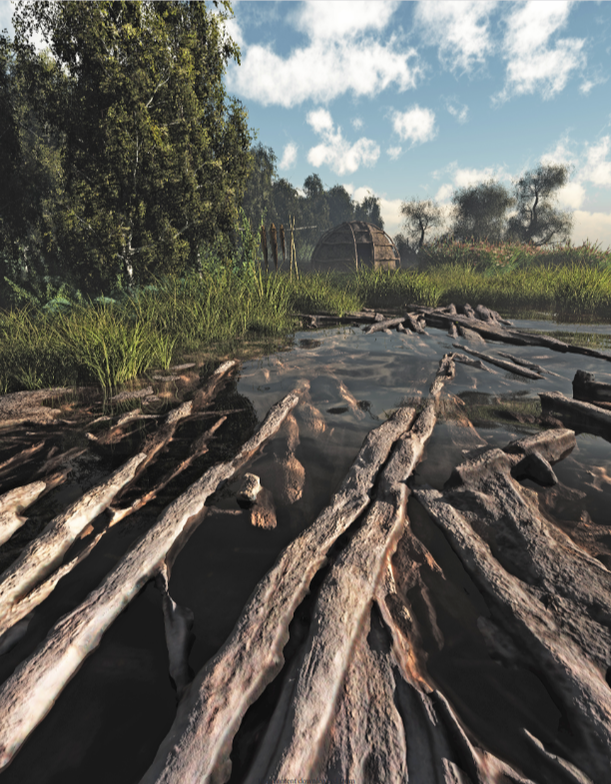







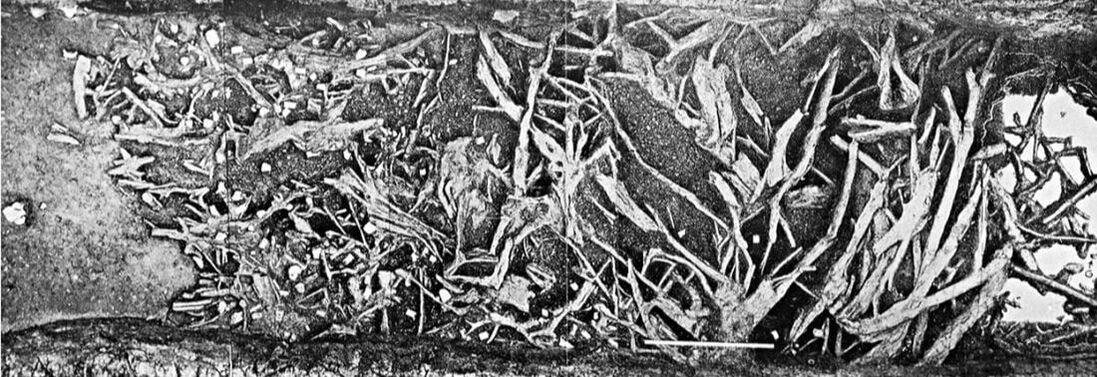


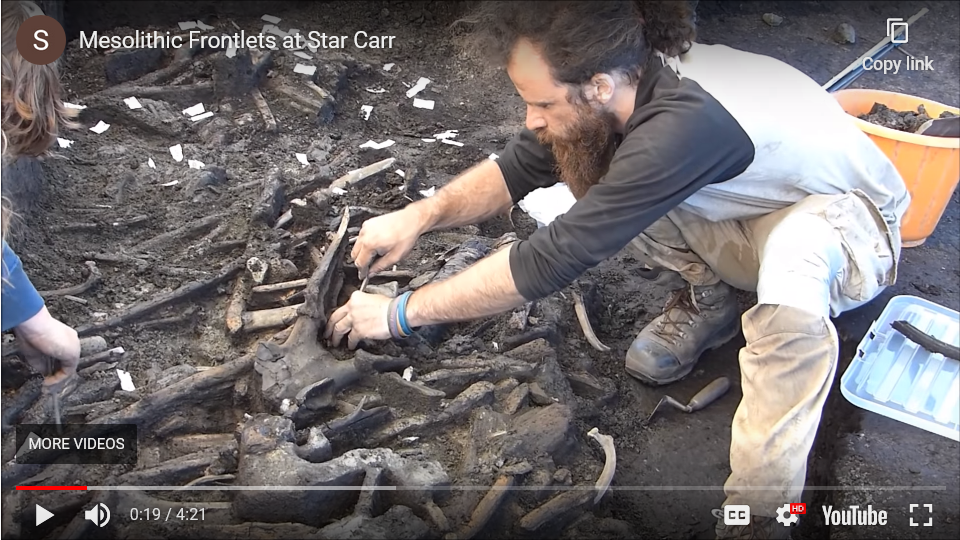






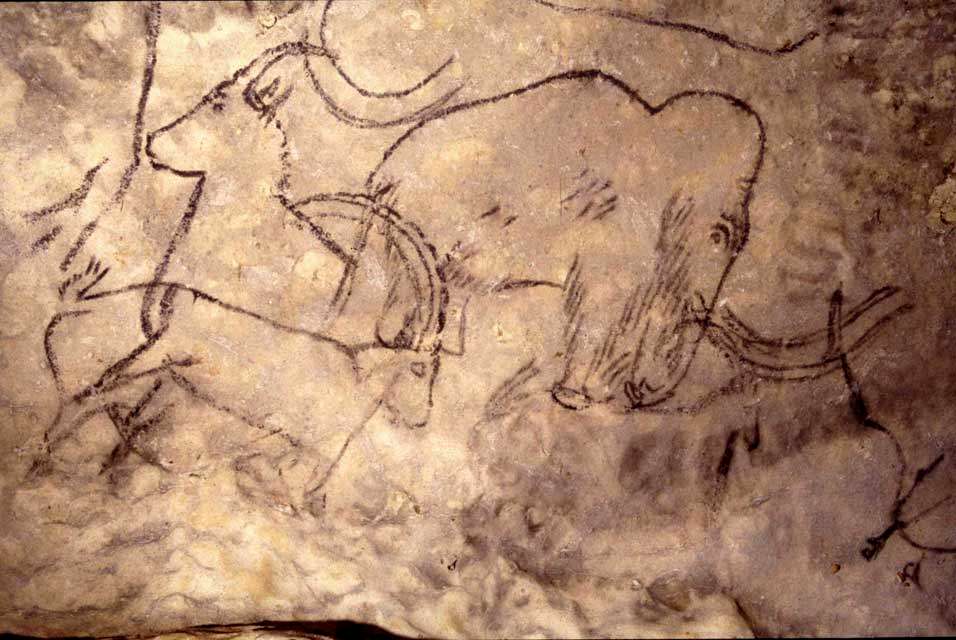
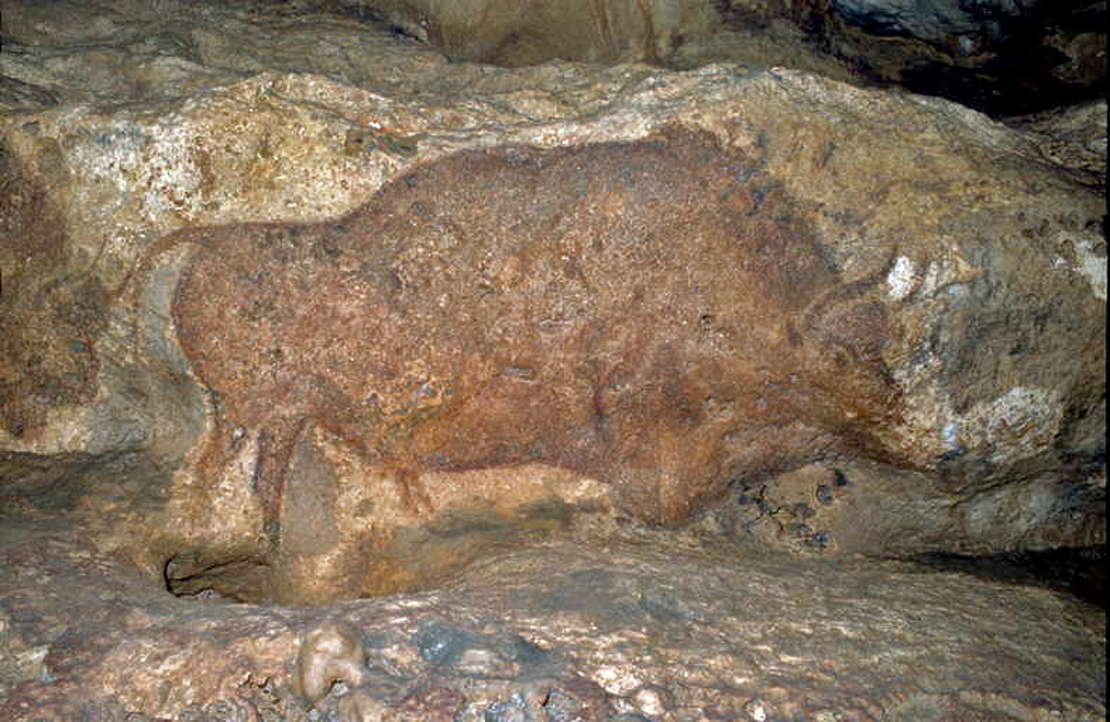
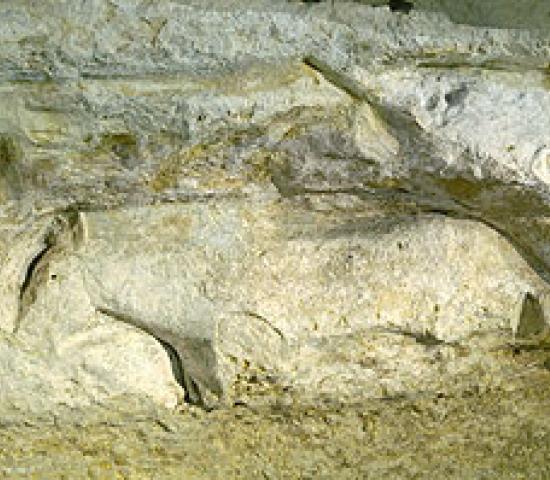

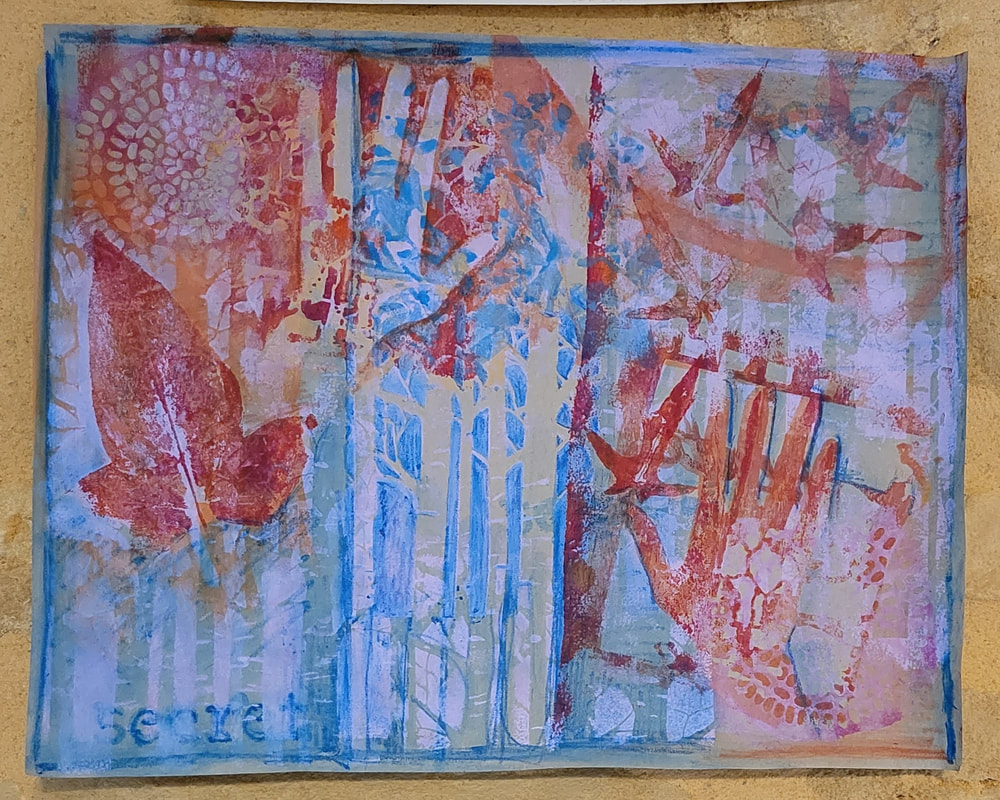


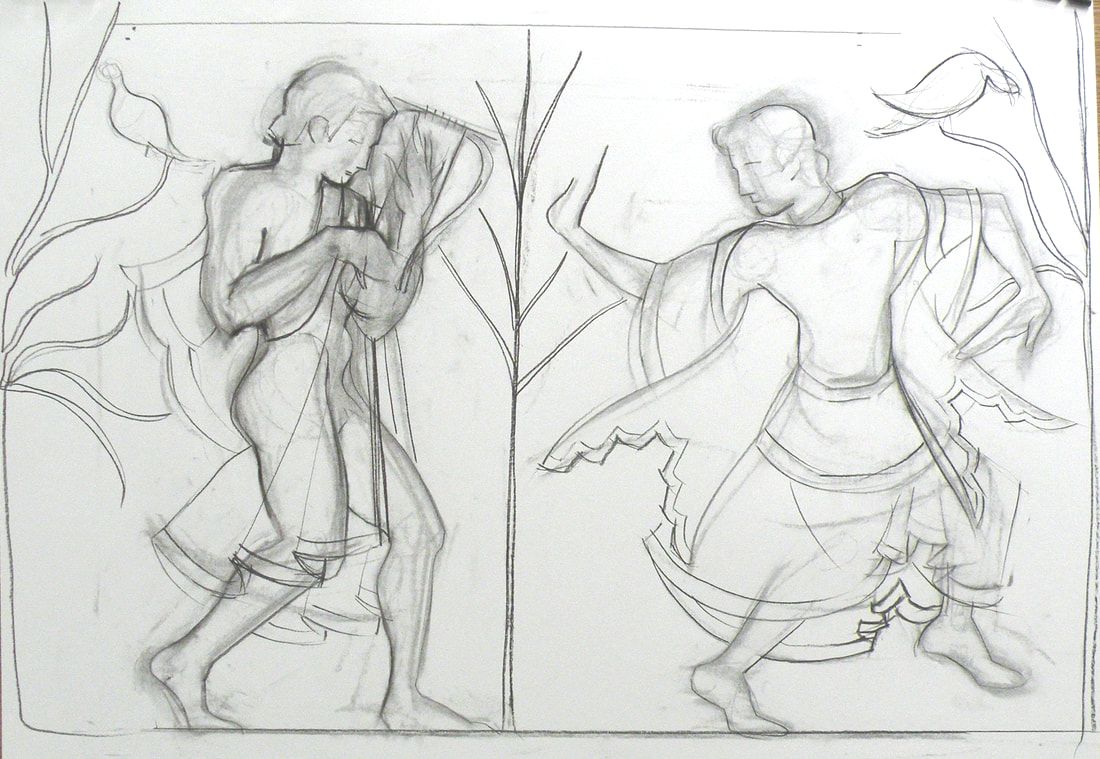







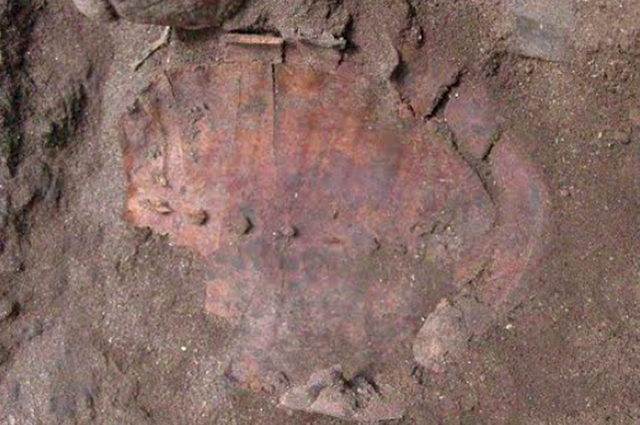

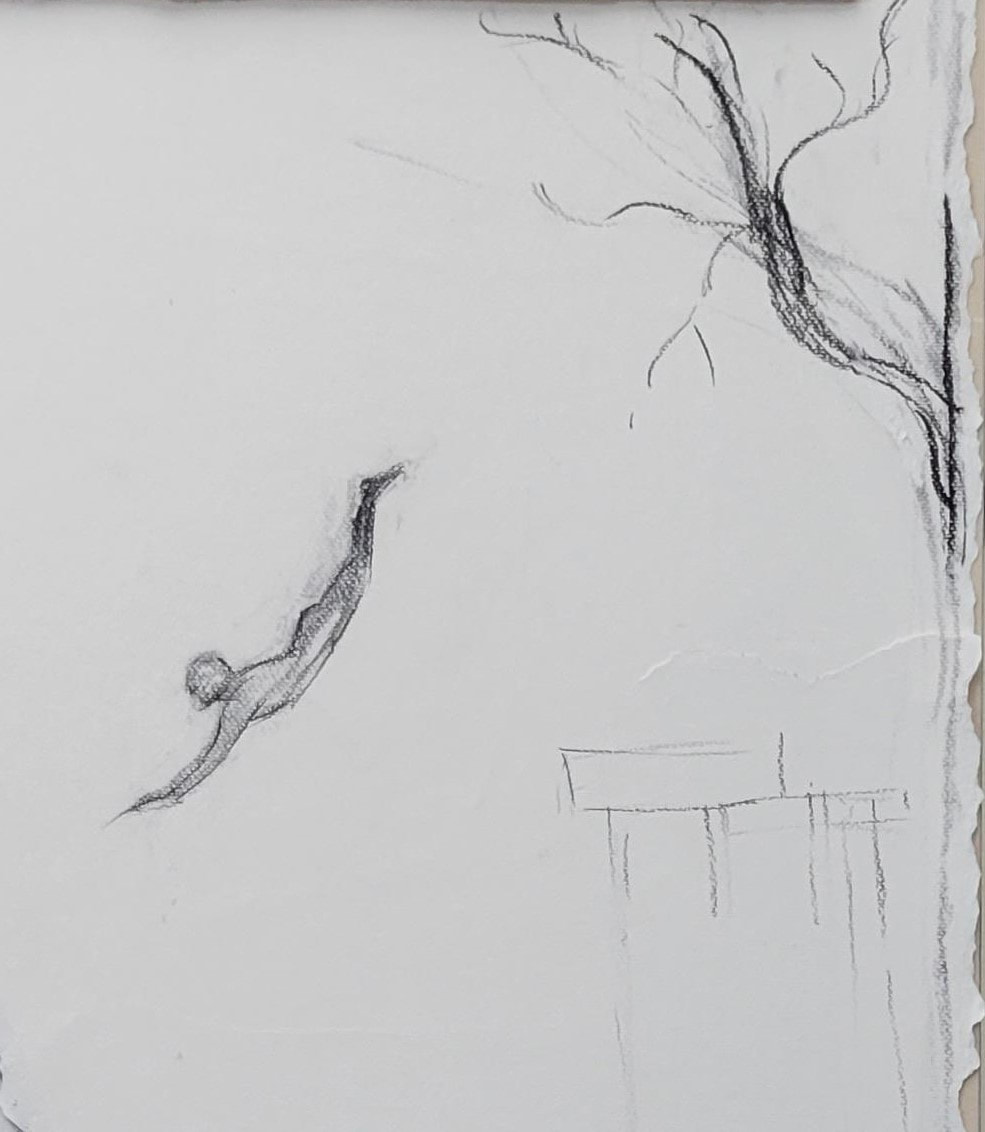


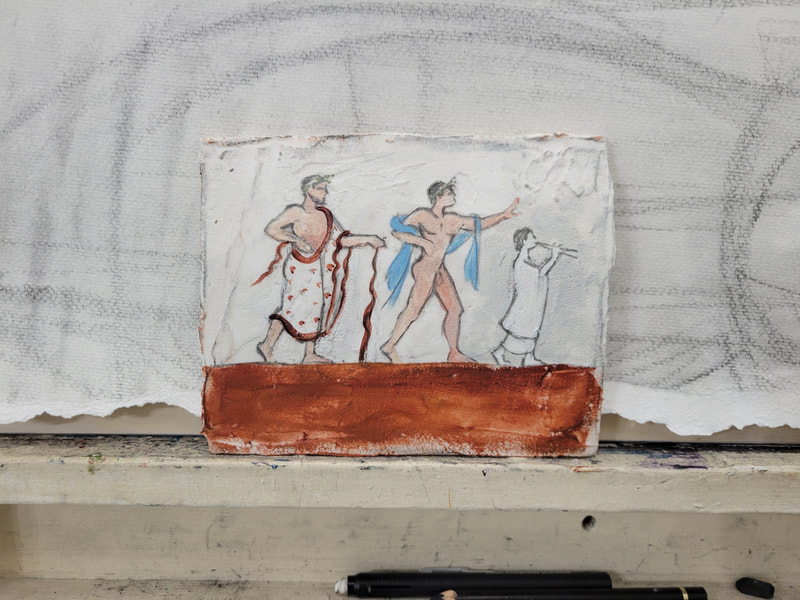













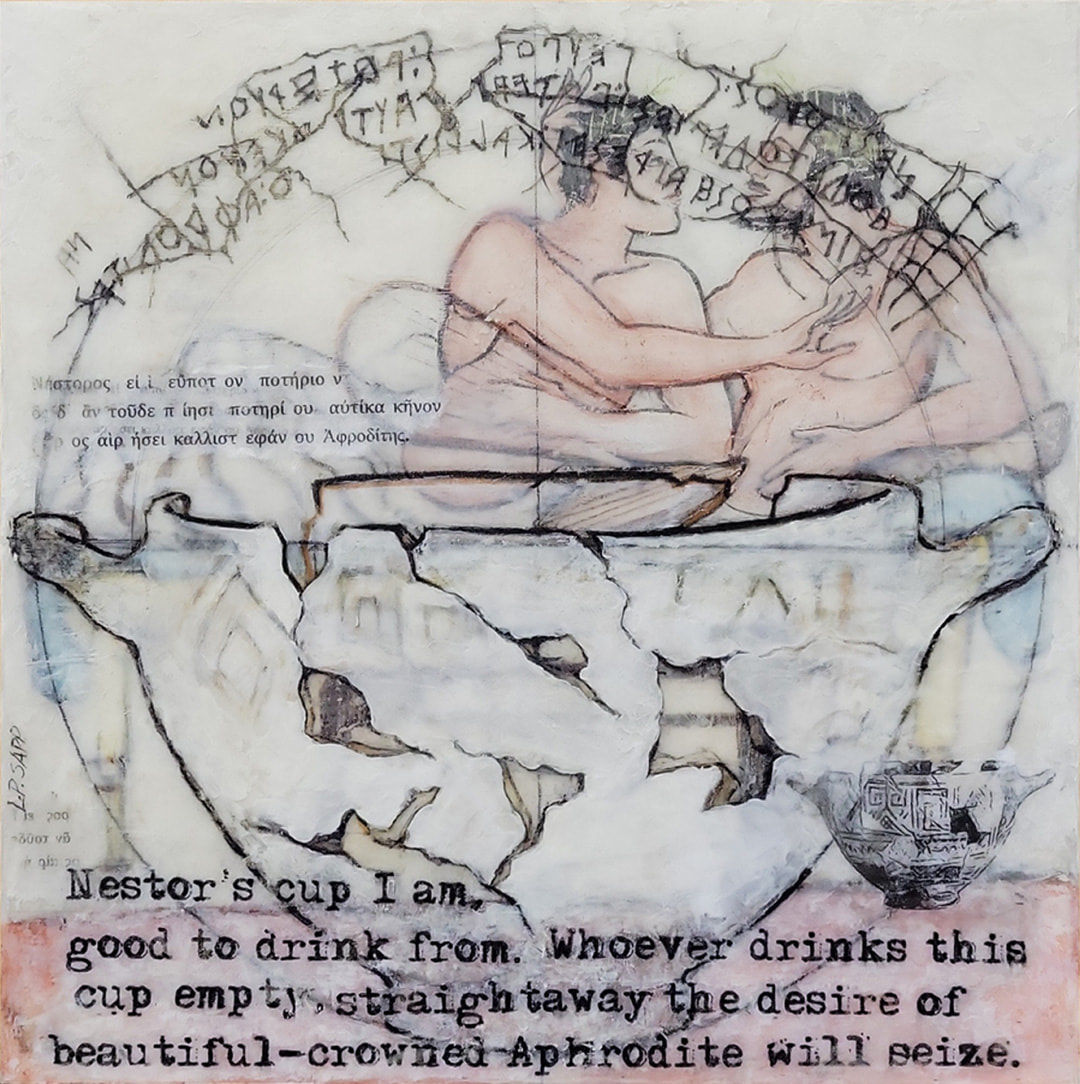



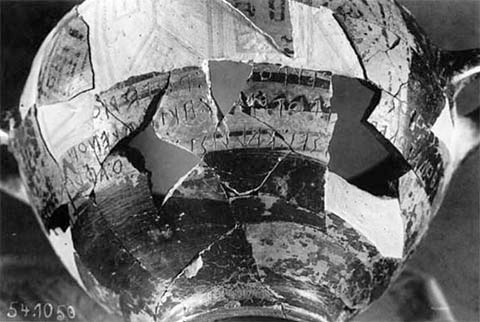




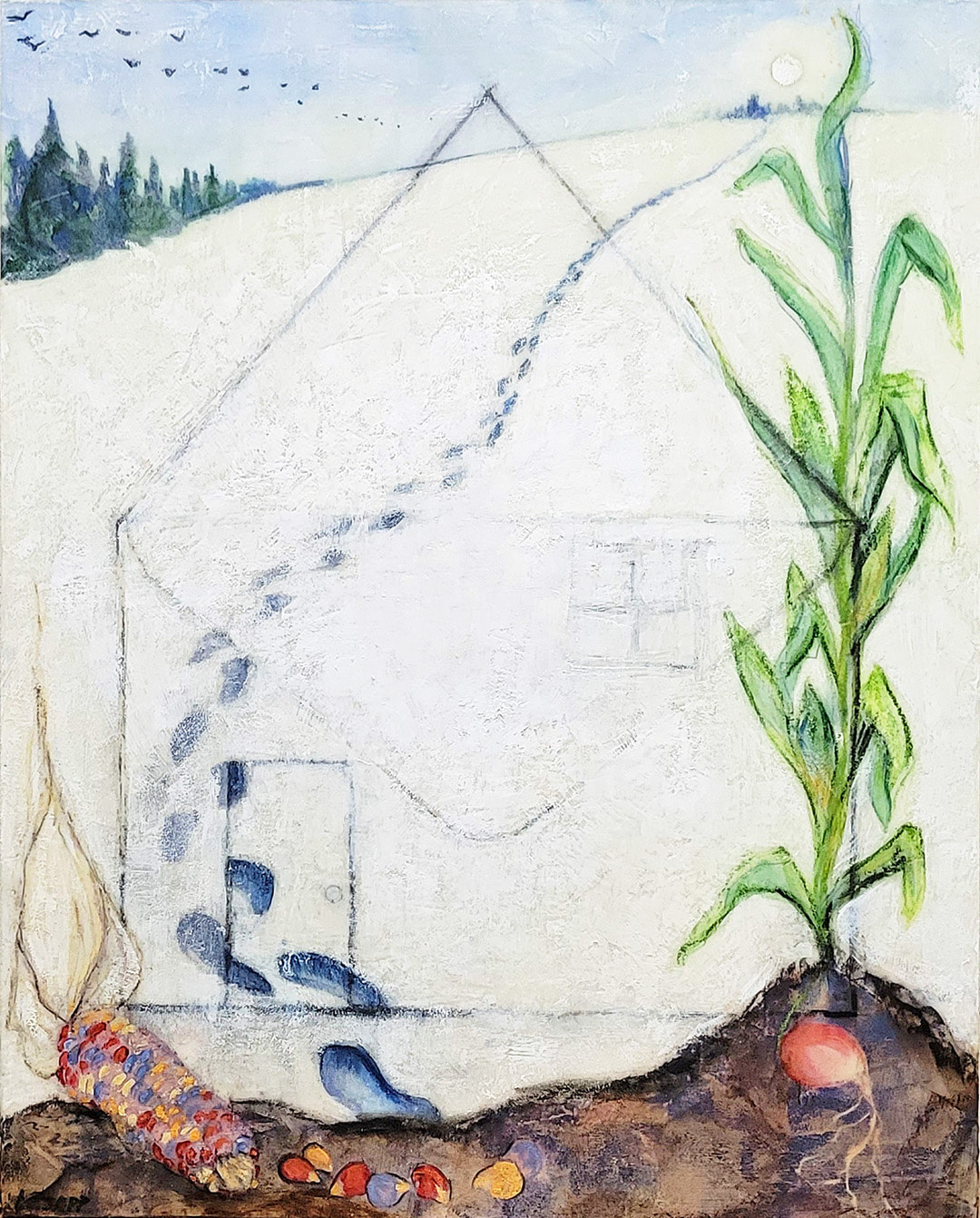














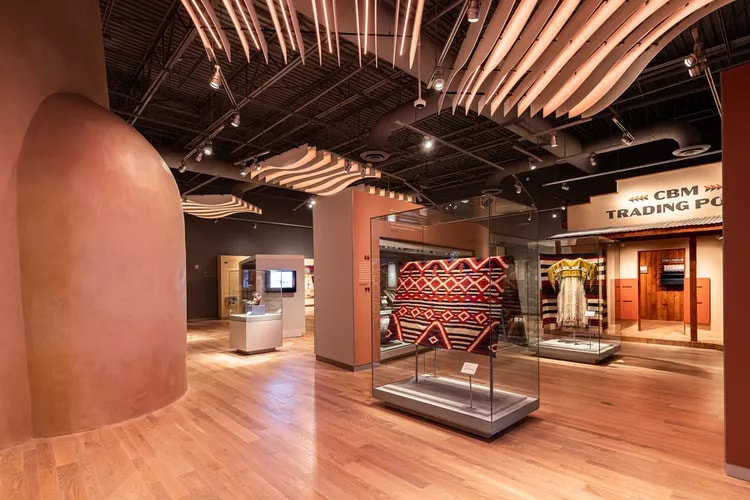







 RSS Feed
RSS Feed